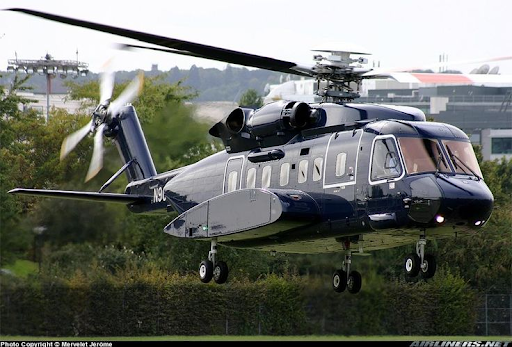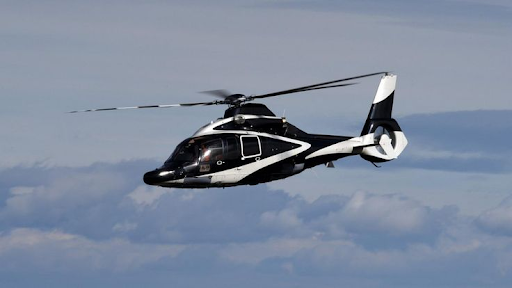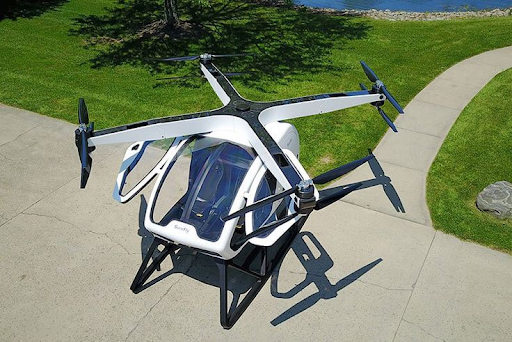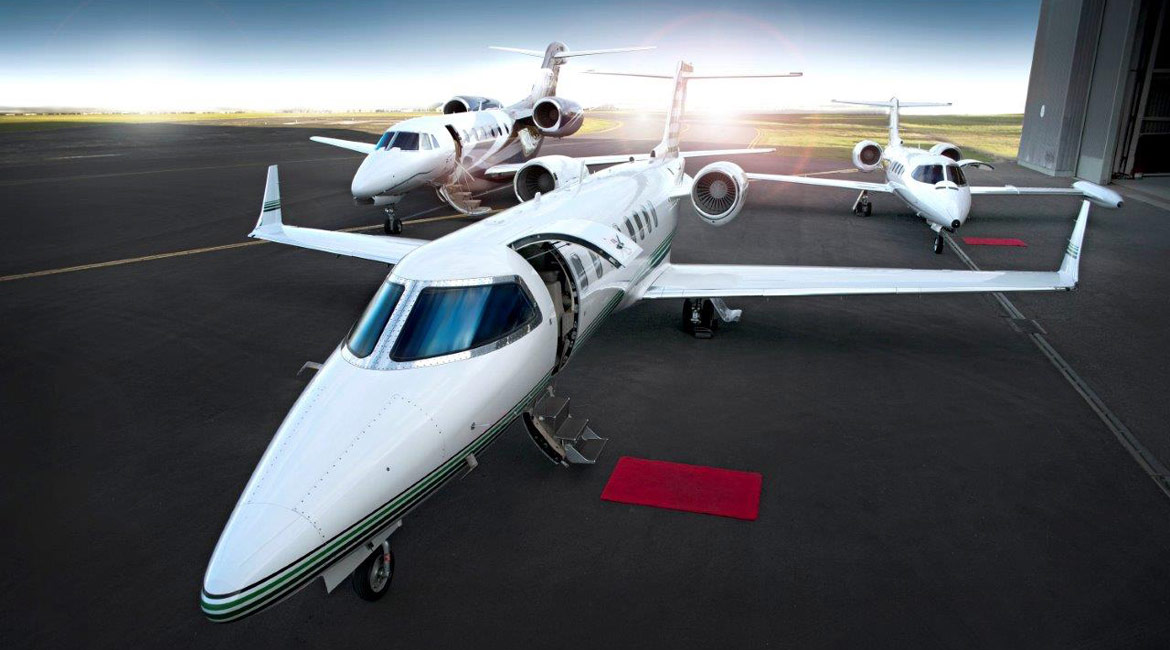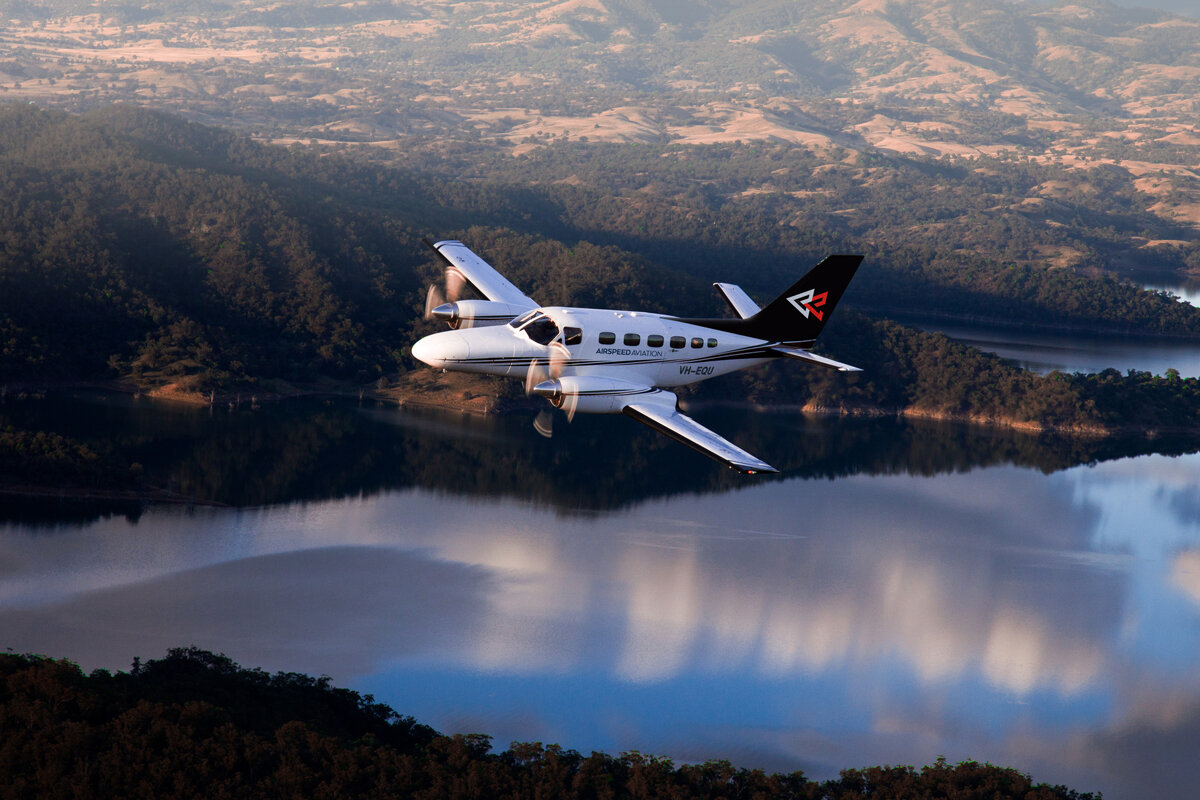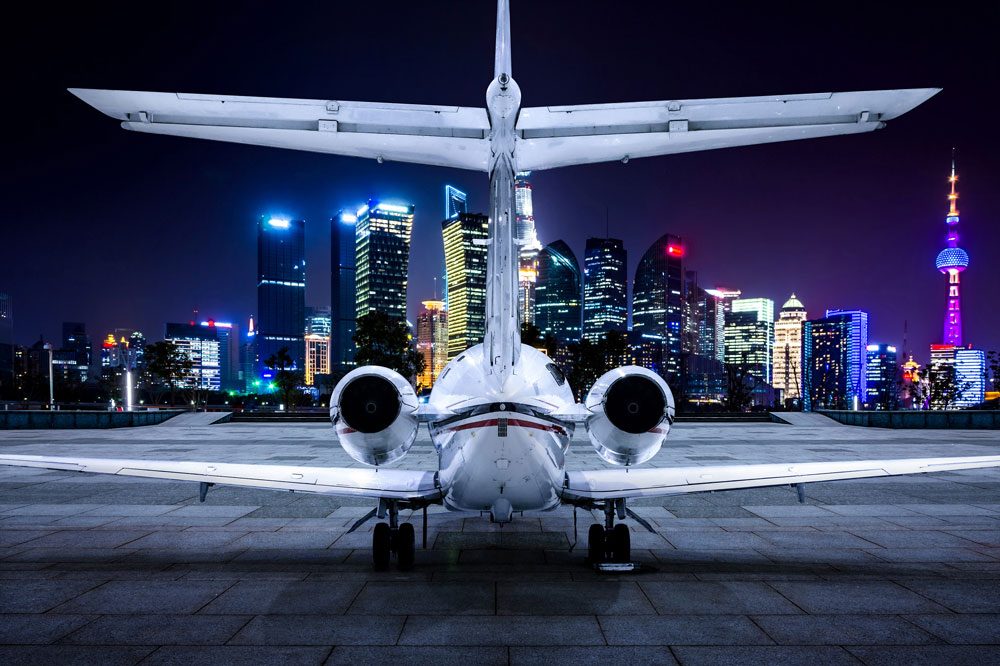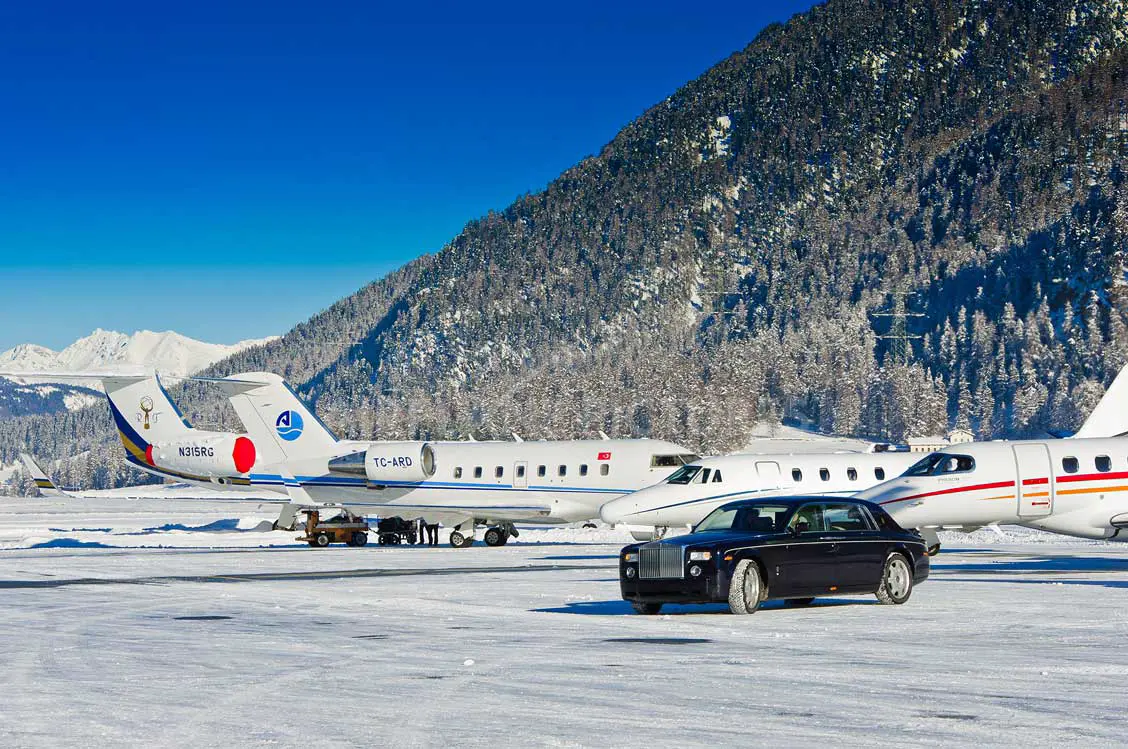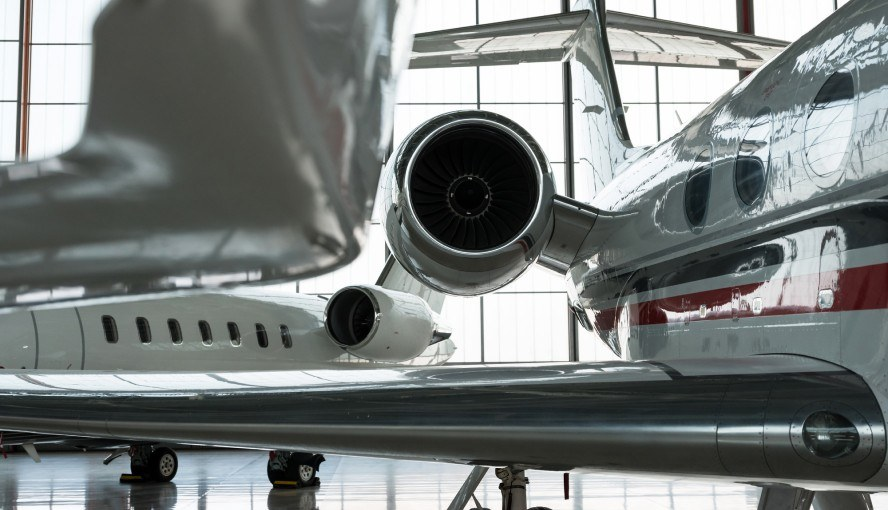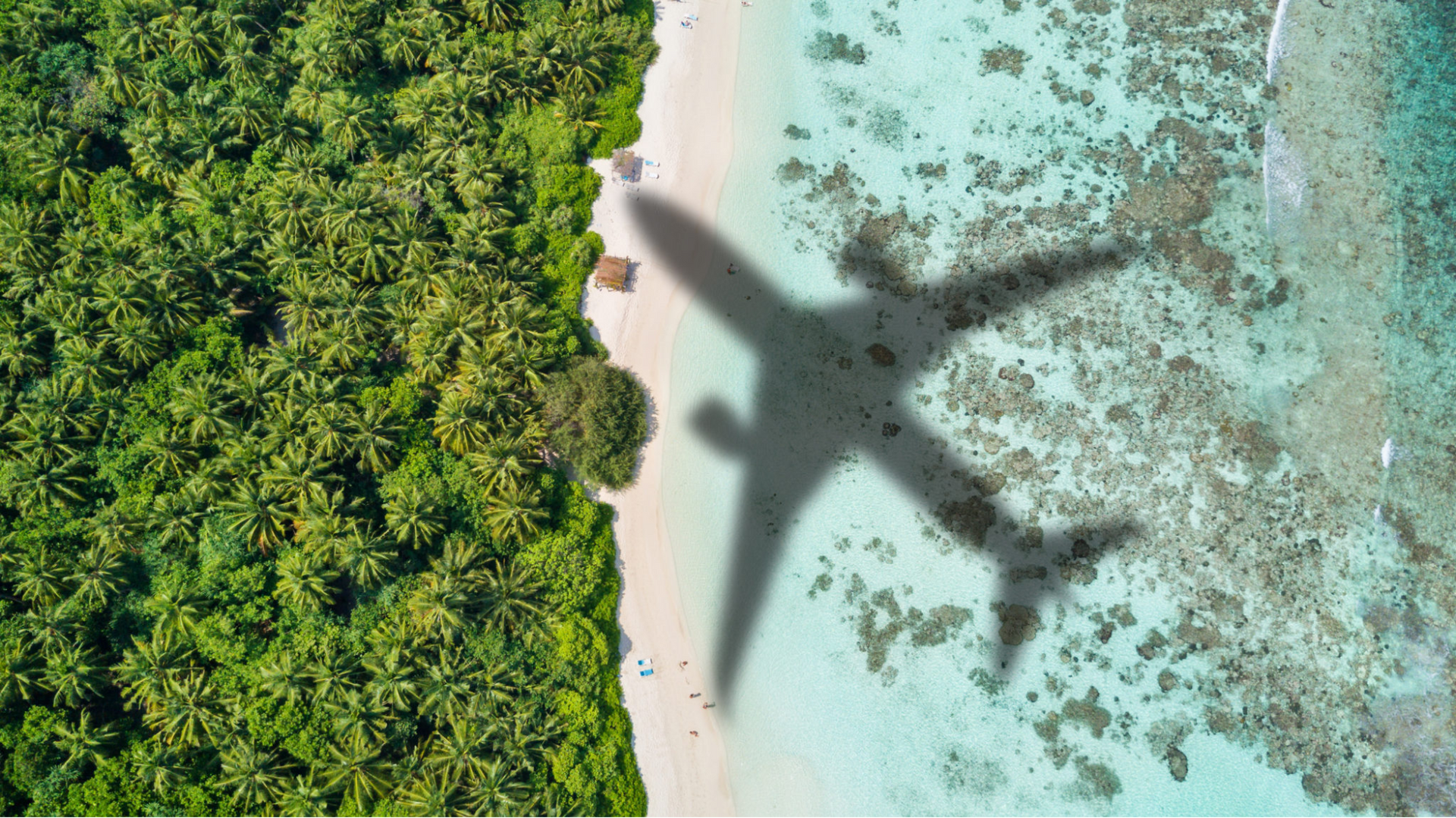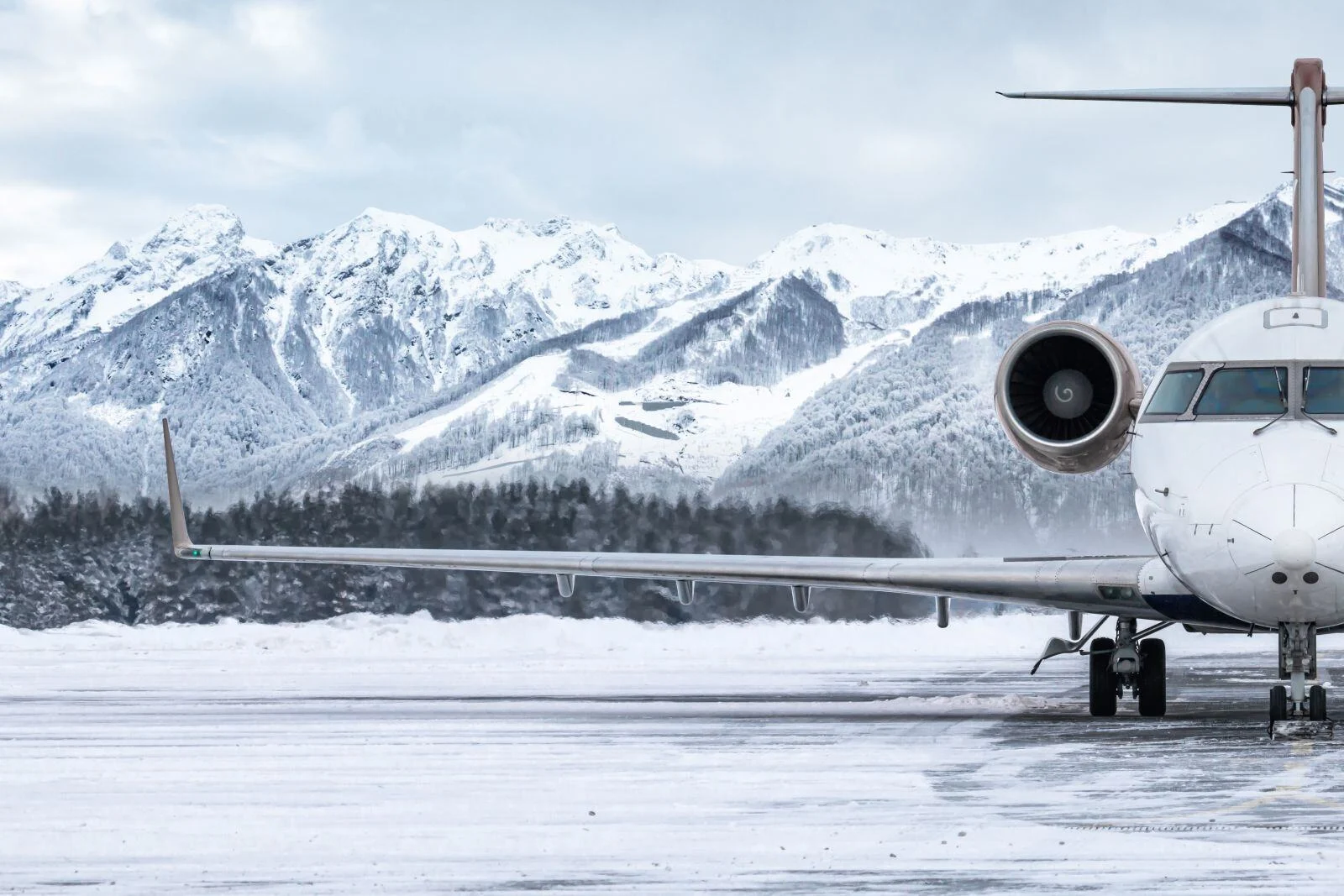How Far Can Helicopters Fly? Comparing Top Models
Knowing a helicopter's flight range is crucial for anyone involved in aviation, from potential buyers and enthusiasts to seasoned professionals. It directly impacts how far you can travel in a single trip, influencing everything from leisure journeys to critical missions. This guide dives into the factors affecting helicopter range and compares the capabilities of popular models across different categories.
What Determines a Helicopter's Flight Range?
Two main aspects significantly influence a helicopter's ability to stay airborne:
Engine Power and Fuel Capacity
- Engine efficiency: Measured in brake horsepower (BHP) per gallon of fuel burned, engine efficiency directly translates to range. More efficient engines burn less fuel for the same amount of power, allowing for longer flights. Turbomecca Arriel series engines, known for their reliability and efficiency, are popular choices in many civilian helicopters.
- Maximum fuel load: The total amount of fuel a helicopter can carry dictates its maximum range. This is often limited by the helicopter's size and design. For instance, larger helicopters like the Sikorsky S-92 have higher fuel capacities compared to smaller models like the Robinson R44, enabling them to travel further distances.
Design and Aerodynamics
Helicopter design plays a crucial role in optimizing fuel efficiency and maximizing range. Here are some key aspects to consider:
- Blade design: Advanced blade designs, like those incorporating airfoils and composite materials, can improve lift and reduce drag, extending flight time. Newer helicopters are constantly pushing the boundaries of blade technology for better performance.
- Fuselage shape: Streamlined fuselages experience less air resistance, leading to better fuel efficiency. Manufacturers like Airbus prioritize aerodynamic design in their helicopters, such as the aerodynamically efficient H135, to enhance range.
- Weight management: Every kilogram counts. Lighter helicopters require less power to stay aloft, increasing range. Composite materials are increasingly used in helicopter construction to achieve lower weight without sacrificing strength.
Flight Range of Popular Civilian Helicopters
Civilian helicopters come in various sizes and configurations, each catering to specific needs. Let's explore the range capabilities of two prominent categories: luxury and utility helicopters.
Luxury Helicopters and Their Capabilities
Luxury helicopters prioritize comfort, style, and a smooth ride for passengers. While their range might not be as extensive as some utility models, they still offer impressive capabilities:
- Airbus H155: This sleek helicopter boasts a range of around 423 kilometers (263 miles), perfect for short getaways, scenic tours around Australia, or business trips within the region. For those seeking a private jet experience in Australia, Go Jets offers a luxurious fleet of jets for longer-distance travel.
- Sikorsky S-76: Renowned for its smooth ride and spacious cabin, the S-76 can fly up to 737 kilometers (458 miles), making it suitable for longer-distance travel in luxury, perhaps for a weekend retreat to nearby islands or a business meeting in another Malaysian city.
Utility Helicopters and Long-Range Operations
Utility helicopters are designed for work, offering greater range and payload capacity to tackle various tasks:
- Bell 412: A workhorse in the industry, the Bell 412 has a range of around 725 kilometers (450 miles), ideal for long-distance transportation, aerial surveys, and utility missions within Southeast Asia.
- Eurocopter EC145: Known for its versatility, the EC145 can fly up to 900 kilometers (560 miles), making it suitable for search and rescue operations, cargo transportation, and offshore oil rig support in the region.
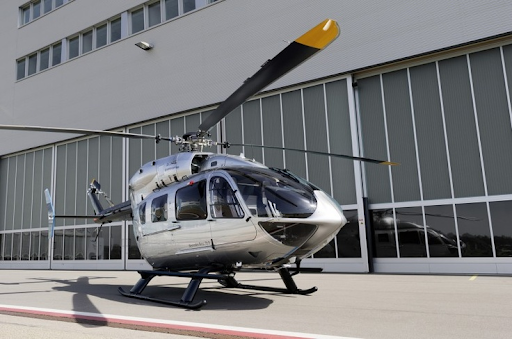
Comparing Military Helicopters' Flight Ranges
Military helicopters prioritize different aspects based on their roles. Let's look at two distinct categories:
Attack Helicopters and Their Strategic Reach
Attack helicopters prioritize agility and firepower over extended range:
- Apache AH-64: This iconic attack helicopter has a combat radius of around 400 kilometers (250 miles), allowing it to strike targets within a designated area.
- Mil Mi-24: The Russian counterpart to the Apache, the Mi-24 boasts a similar combat radius, focusing on battlefield dominance over long-distance travel.
Transport and Rescue Helicopters
Military transport and rescue helicopters prioritize capacity and range for critical missions:
- Chinook CH-47: A heavy-lift helicopter, the Chinook can fly over 800 kilometers (500 miles) with a full payload, perfect for transporting troops and equipment over long distances.
- NH90: This European workhorse can travel up to 900 kilometers (560 miles), making it valuable for search and rescue operations, troop deployment, and medical evacuations. With its spacious cabin and advanced medical equipment, the NH90 can provide critical care to patients in remote locations.
Innovations Extending Helicopter Range
The future of helicopter flight holds exciting possibilities for extending range and efficiency. Here, we explore some promising advancements:
Hybrid and Electric Helicopters
Emerging technologies like hybrid and electric propulsion systems are on the horizon for helicopters. These systems have the potential to:
- Increase efficiency: Electric motors offer superior efficiency compared to traditional combustion engines, potentially leading to significant range improvements.
- Reduce emissions: Electric propulsion is a cleaner alternative, contributing to a more sustainable future for aviation.
While still under development, companies like
Airbus are actively working on hybrid helicopter concepts. These advancements hold promise for quieter, more environmentally friendly helicopters with extended ranges.
Advanced Fuel Systems and Aerodynamics
Constant advancements are being made in both fuel efficiency and cutting-edge aerodynamic design to maximize helicopter range while minimizing fuel consumption. Here are some areas of focus:
- Higher-performance fuels: New fuel blends with higher energy densities could allow helicopters to travel further on the same amount of fuel.
- Active flow control systems: These systems use computer-controlled flaps to adjust airflow over the helicopter's body, reducing drag and improving fuel efficiency.
- Advanced materials: Composite materials offer a lighter and stronger alternative to traditional metals, allowing for lighter helicopters with better range.
These advancements, along with ongoing research and development in engine technology and helicopter design, will continue to push the boundaries of helicopter range in the years to come.
Conclusion
Understanding the factors influencing a helicopter's flight range is crucial for making informed decisions,
whether you're a potential buyer, pilot, or simply an aviation enthusiast. By considering engine power, fuel capacity, design, and operational requirements, you can gain valuable insight into a helicopter's capabilities. As technology continues to evolve, we can expect even greater ranges and efficiencies from helicopters in the future.
FAQs about Popular Helicopter Range
Q: What is the average flight range for a medium-sized helicopter?
Medium-sized helicopters typically have a range between 300 and 450 miles (480 to 725 kilometers).
Q: How does payload affect a helicopter's flight range?
The heavier the payload (cargo or passengers) a helicopter carries, the more fuel it burns to stay airborne, reducing its range.
Q: Are there any helicopters that can fly over 1000 miles?
Some military transport helicopters, like the Chinook, can approach a range of 1000 miles (1600 kilometers) with specific configurations.
Q: What are the latest technologies improving helicopter range?
Hybrid and electric propulsion, along with advancements in fuel efficiency and aerodynamics, are at the forefront of extending helicopter range.

